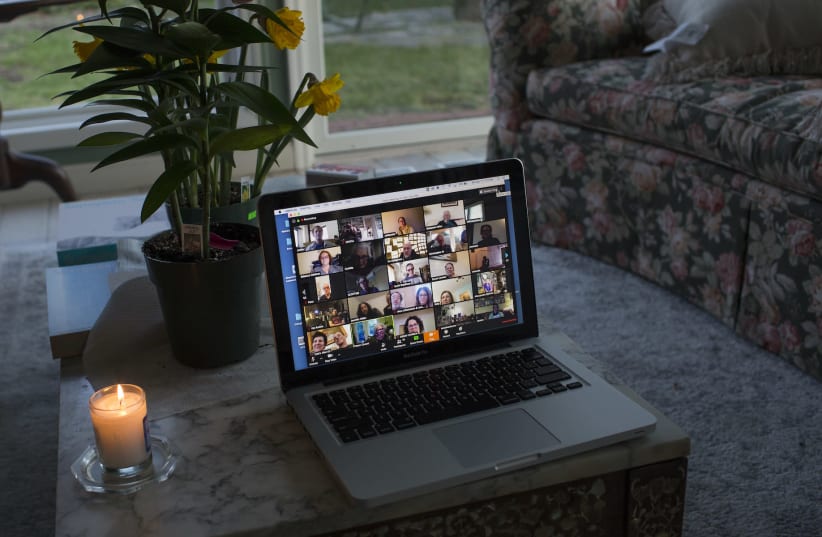A Washington State University study has found that the level of self-consciousness an individual has correlates to attitudes towards the virtual meetings that have become ubiquitous since the onset of the COVID-19 pandemic.
The study, which was published in the peer-reviewed academic journal Computers in Human Behavior, surveyed two groups who have attended regular virtual meetings since the start of the pandemic: employees and college students. Some 80 employees and about 350 business college students from across the US whose work or classes had been moved online were asked a variety of questions about their feelings toward the online meetings, before being asked to complete an assessment of their public self-consciousness.
For both groups, there was not a simple correlation between how often people saw their own faces during virtual meetings and their overall attitude toward them. For self-conscious people, seeing their own reflection more frequently was associated with worse attitudes, whereas the opposite was true for those with a low level of self-consciousness.
“Most people believe that seeing yourself during virtual meetings contributes to making the overall experience worse, but that’s not what showed up in my data,” said study author Kristine Kuhn, an associate professor in WSU’s Carson College of Business. “It depended on the individual.”


Kuhn noted that there are a number of other factors that influence how satisfied people are with their virtual meetings, such as their perceived control over when to have their camera on, rather than solely how they perceive themselves as compared to others. She also noted that the study specifically focused on people’s emotional reactions, disregarding factors like meeting effectiveness or learning outcomes.
“It’s just not really a one-size-fits-all,” Kuhn continued. “A manager running a team meeting would probably prefer everybody to have their camera on. At the same time, you should recognize that there’s probably a cost to that, so understanding that just because it’s what you prefer, it isn’t necessarily ideal for everybody.”
Kuhn further argued that additional research is needed on how to use virtual meeting platforms effectively, as these types of meetings are likely not going away anytime soon. As millions transition to hybrid work schedules and universities reinforce virtual educational components, Kuhn argues that managers and teachers should be careful when making blanket rules around camera use during virtual meetings.
